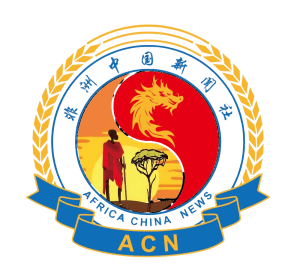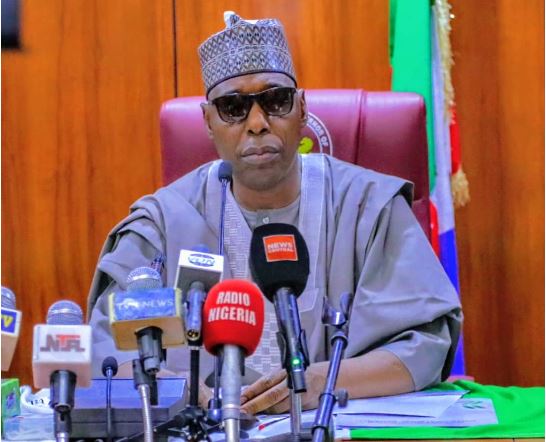In today’s interconnected world, social media platforms have become a vital space for self-expression, cultural exchange, and the shaping of modern identities. Among the many cultural influences that dominate this digital landscape, two stand out: Africa and China. These vast regions, with their rich histories, vibrant cultures, and rapidly evolving youth populations, are becoming increasingly influential on the global fashion, beauty, and lifestyle scenes.
From Instagram and TikTok to WeChat and Douyin, these platforms have brought together African and Chinese youth, allowing them to express themselves freely, collaborate across borders, and share their distinct yet increasingly interconnected cultures. Through fashion, beauty standards, and lifestyle choices, young people from both continents are crafting new identities that resonate across the globe.
The Power of Social Media in Shaping Identity
Social media has become an essential tool for African and Chinese youth to create and curate their identities. Platforms like Instagram, YouTube, TikTok, and Twitter allow young people to showcase their culture, tastes, and beliefs, often bypassing traditional media to create their narratives. This has led to the rise of influencers, bloggers, and content creators who are not only shaping trends but also challenging norms and redefining what it means to be “fashionable” or “beautiful.”
Fashion is the most visible expression of this transformation. In Africa, social media platforms have given rise to a new generation of fashion influencers who draw inspiration from both local and global trends. Young African creators are now reimagining their cultural heritage through a modern lens, blending traditional fabrics with contemporary styles to create unique, bold looks. Designers and influencers like Nigerian stylist, Denola Grey, and South Africa’s Thando Hopa are leading the charge in blending African authenticity with global fashion influences, while the #AfricanFashion hashtag continues to trend worldwide.
Meanwhile, in China, platforms like Douyin (the Chinese version of TikTok) are similarly helping to create a new wave of fashion-forward youth. As Chinese youth increasingly embrace urban, casual streetwear, they are mixing traditional garments, like qipaos or Hanfu, with more modern styles. This fusion of old and new has led to a fashion revolution in China, where youth culture is both a reflection of their heritage and a symbol of modernity.
Social Media’s Global Influence
While African and Chinese youth are often seen as separate cultural entities, social media has bridged the gap between them in profound ways. A growing number of African fashion influencers, including Kenyan-based Diana Opoti, have begun to collaborate with Chinese fashion brands, creating a mutual influence that blends African style with Chinese aesthetics. Likewise, Chinese influencers are being inspired by African aesthetics and incorporating traditional African fabrics, prints, and styles into their outfits. The #AfricanPrint and #MandarinCollar hashtags, for example, have become popular among both African and Chinese youth as they explore new ways to incorporate both cultures into their wardrobes.
Beauty Standards: A Global Fusion
Just as fashion is being redefined by African and Chinese youth, so too are beauty standards. For years, global beauty trends have been dominated by Western ideals, but social media has empowered youth from Africa and China to assert their own standards of beauty.
In Africa, beauty standards have traditionally placed a premium on natural hair, dark skin, and curvy bodies. While these characteristics were often marginalized by global beauty industries in the past, African youth today are leading a movement of self-acceptance and pride. This movement is gaining traction globally, with young Africans proudly celebrating their natural hairstyles, dark skin tones, and fuller body types. Platforms like Instagram and TikTok have played a huge role in this shift, with influencers such as South Africa’s Khanya Mkangisa and Nigeria’s Dimma Umeh gaining huge followings for embracing their natural looks.
Similarly, Chinese youth are challenging the “fair-skinned” ideal that has long dominated Chinese beauty standards. While fair skin was once a symbol of status and beauty in China, today’s youth are embracing diversity in beauty. Platforms like Weibo and Douyin have seen a rise in influencers promoting different skin tones, makeup styles, and body types. Influencers like Zhang Dayi, who promote a more inclusive view of beauty, have gained large followings by promoting self-love and confidence, regardless of one’s appearance.
The global beauty market has taken notice of these shifts, and brands are starting to embrace more inclusive definitions of beauty. International makeup brands are now launching products specifically for darker skin tones, and fashion campaigns are beginning to showcase a broader range of body types and ethnicities.
The Influence of African and Chinese Youth on Global Trends
As African and Chinese youth shape fashion and beauty standards, their influence is not limited to their own countries. These young people are creating trends that are resonating globally, thanks in part to the reach of social media. Influencers and content creators from both Africa and China are reaching audiences far beyond their borders, and their influence is helping to diversify the fashion and beauty industries.
African designers are now being featured on global runways, and African music, like Afrobeat, is playing a central role in global pop culture. Similarly, Chinese fashion has become more widely recognized, with Chinese designers like Guo Pei and Haizhen Wang gaining international acclaim. This fusion of cultures has led to a new kind of global trend that is not defined by one specific region but rather a combination of influences from across the world.
The Role of Chinese and African Music
Music also plays an integral role in the cultural exchange between African and Chinese youth. Afrobeats, for example, has seen a meteoric rise in popularity around the world, including in China. Chinese youth are now tuning into Afrobeats artists like Burna Boy and Wizkid, while African artists are collaborating with Chinese musicians to blend their sounds. The mutual influence between these two regions’ music industries is fostering an exciting cultural exchange that transcends borders and brings African and Chinese youth closer together. This, in turn, influences fashion and beauty choices, as music and style are inextricably linked.
The Future of Cultural Exchange Between African and Chinese Youth
Looking to the future, it’s clear that African and Chinese youth will continue to shape global trends in ways that are both exciting and unpredictable. As these two continents grow more interconnected through social media, trade, and cultural exchange, their shared influence will likely continue to inspire and challenge the world. The blending of African and Chinese cultures through fashion, beauty, and music is a testament to the power of youth in shaping the future, proving that social media is not just a platform for entertainment, but also a vehicle for global cultural transformation.
With their boundless creativity and fearlessness in embracing their roots, African and Chinese youth are not just shaping trends—they are defining a new global cultural identity, one that celebrates diversity, inclusion, and the endless possibilities of cultural exchange.





